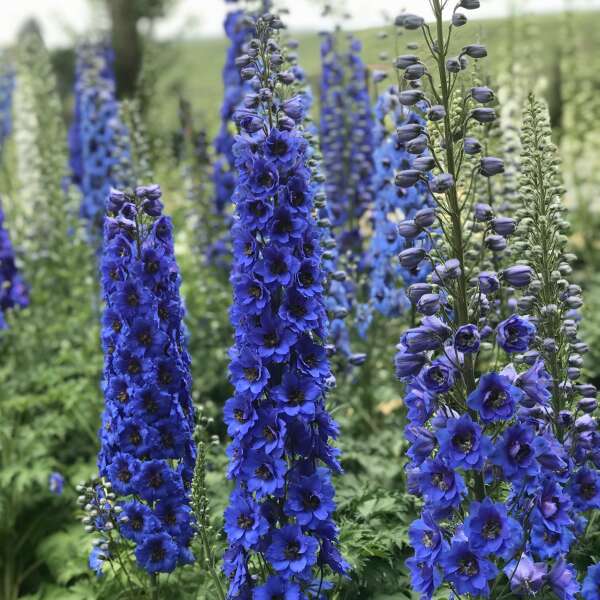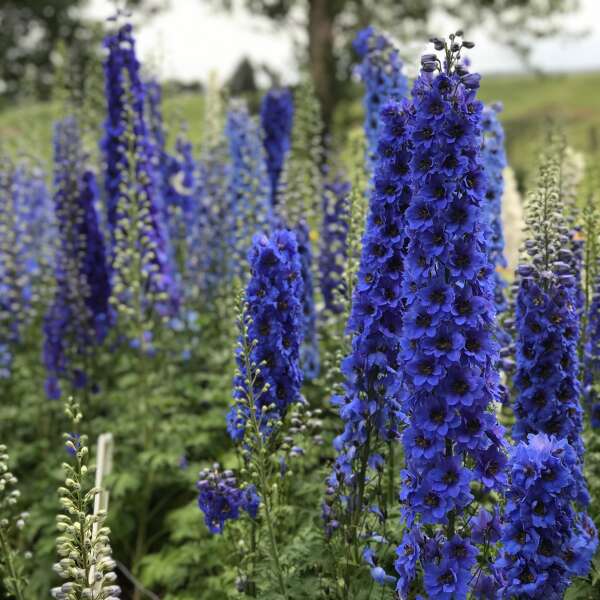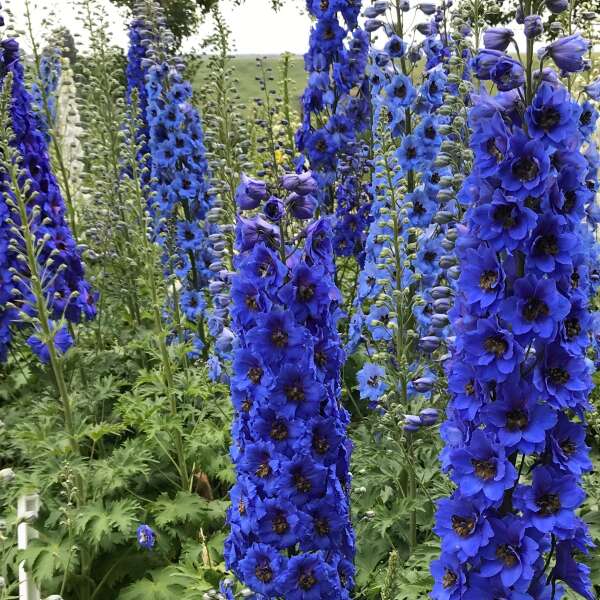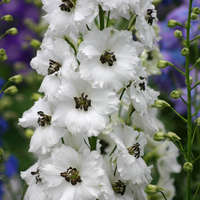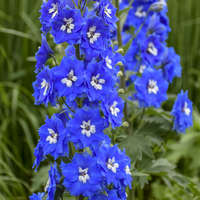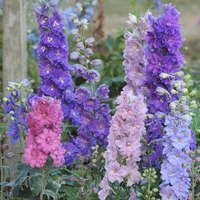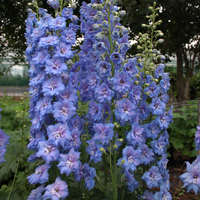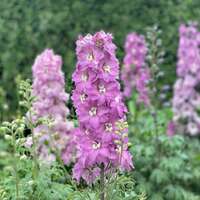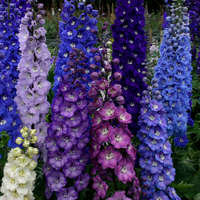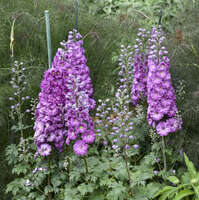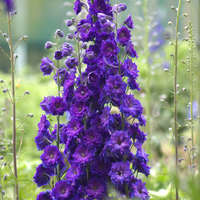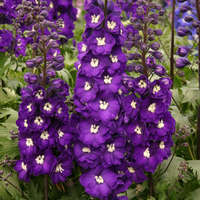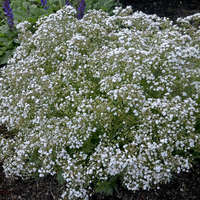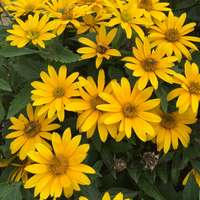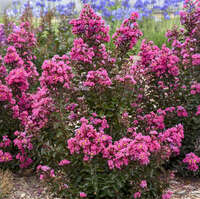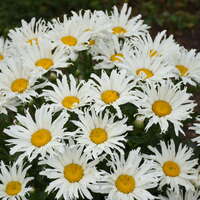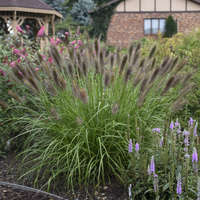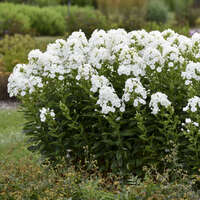Growing Temperature:
65-75° F days
50-55° F nights
Holding Temperature:
50-55° F
Soil PH:
5.8-6.2
EC (What is EC?):
1.5-2.0 pour through method
Fertility:
A balanced fertilizer using calcium and potassium nitrate is preferred. Once flower initiation occurs, use less nitrogen and more potassium and phosphorus. Feed 75-100 ppm N at each watering.
For Controlled Release or Slow Release Fertilizer, see your preferred supplier for recommended rates for incorporation or top dressing, as it varies by fertilizer.
Vernalization:
Not required.
Pests & Diseases:
Aphids, borers, leaf miner, mites (cyclamen, brood, two-spotted spider), lily aphid, green peach aphid (Myzus) in greenhouse, beetles, cutworm, sowbugs, slugs, nematodes, aster leafhopper, thrips.
Impatiens necrotic spot virus, viruses, aster yellows, Verticillium wilt, bacterial blight (Pseudomonas), stem canker (Fusarium), damping off, smut, crown rots, Botrytis blight, black leg (Erwinia), crown gall, leaf spots, powdery mildew, rusts, chlorosis (low temperature, wet soil).
Watch for powdery mildew, botrytis and erwinia soft rot when high humidity and temperatures occur. Avoid stagnant air conditions, especially when flower buds are forming. A general fungicide treatment is advisable if these environmental conditions persist.
Potting & Timing:
Plant in early to late spring.
Moisture:
Water well when first planted, then keep damp to moist, but not soggy, until initial bud breaks. Do not let the soil dry out completely. Avoid overhead watering to prevent diseases. Avoid overwatering and wet foliage after flower bud initiation occurs.
Planting Level:
Place crown at or just below soil surface.
PGRs/Pinching:
Apply Bonzi at 30 ppm or Sumagic at 5 ppm as a spray when flower stems begin to grow beyond the foliage.
Lighting:
For best results grow under photoperiods of 12 hours or longer.
